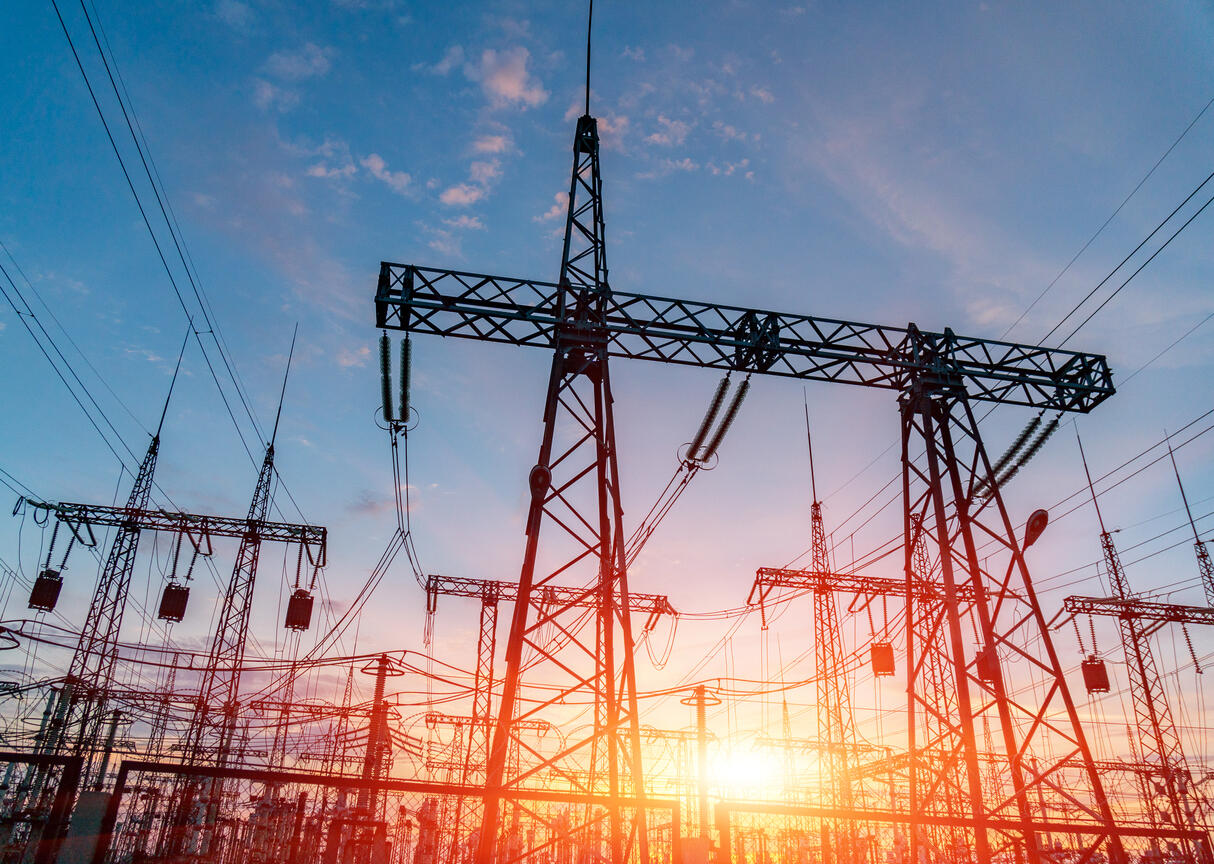With stronger hurricanes, wildfires and other natural disasters, keeping the lights on is a central concern. Now, with the help of IIoT, electric utilities can do a better job of disaster mitigation.

Image: iStock/Yelantsevv
There are times when history helps us remember where we were and the work we still have to do. When Hurricane Katrina struck in August 2005, it resulted in 1,800 deaths and $125 billion in damages.
SEE: Disaster recovery and business continuity plan (TechRepublic Premium)
"With Katrina, the state of Louisiana was in the process of building a statewide wireless network and working with local parishes and New Orleans. But unfortunately, that network was in the planning stage and hadn't gotten the funding," said Mark Moon, corporate vice president for the government and commercial markets for Motorola, a leading radio vendor, in an article in Network World. "It hadn't progressed in time when Katrina hit."
One can't help but wonder how much damage and loss of life could have been avoided if technology like the Industrial Internet of Things, with its ability to transmit real-time information from points of crisis, and data that feeds into predictive analytics, had been in place at that time.
"Natural disasters are increasing in severity," said Matt Smith, senior director of grid management at Itron, which provides energy and water management solutions to the utility industry. "As a result, recovery can be costly without the necessary preparation and response."
In the utility sector, IIoT-based smart sensors now help organizations better prepare for disasters by harnessing the power of networked devices and advanced analytics. "For example, if a pole falls during a hurricane, sensors can detect the failure and crews are quickly alerted to the location," Smith said. "Power is shut off to prevent fires and other possible consequences, and the time it takes to physically fix the pole and restore power becomes quicker and more efficient."
SEE: Edge computing adoption to increase through 2026; organizations cautious about adding 5G to the mix (TechRepublic Premium)
Quicker response times help contain disaster losses. Now with predictive capability, IIoT can help utilities avoid or minimize disastrous situations altogether. For example, an electrical utility with IIoT sensors in the field can detect where vegetation is coming into contact with power lines and eliminate the threat before any fire occurs. In earthquake areas, sensors can detect movements on the ground, and analytics can predict where the most damage is likely to occur.
"Predictive analytics helps users understand current and potential threats to quickly address and drive outcomes," Smith said. "In addition, IIoT provides alerts to customers and affected citizens with up-to-date information."
Electric utilities are using analytics to spot and fix issues such as energized downed or failed conductors before they create unsafe conditions. Once sensors detect a problem, data analytics help users understand any conditions that could exacerbate the problem, so they can immediately mitigate these conditions.
"Enhanced monitoring is another critical tool for mitigating safety threats of natural disasters," Smith said. "For example, during a hurricane, crews receive real-time updates on the performance of systems, potential hazards and threats and damages. If a tree falls on electrical distribution lines, communication networks can enable automatic recloser controls to reroute power to as many customers as possible and enable meter sensor grid data to be transmitted to verify outage restoration as circuits are returned to their original and normal configurations."
SEE: Future of farming: AI, IoT, drones, and more (free PDF) (TechRepublic)
These IIoT use cases are delivering important results, but there is more work to be done.
It begins with utilities hardening the IIoT by integrating advanced communications networks that can provide end-to-end protection for Wide Area Networks, including application-layer confidentiality, message integrity and proof of origin. With the growth of malware and ransomware, these safeguards are all-important, as robust security can help keep networks, devices and data safe from hackers.
IIoT devices, such as smart meters for electrical usage monitoring and control, should also be security hardened, as they are vulnerable points for hacks.
"Advanced metering infrastructure and multi-application networks are a key consideration for improving IIoT applications," Smith said. "The same network technologies that enable AMI can also be used to enable distribution automation, smart city application and advanced IIoT sensor networks."
Finally, a smart grid helps networking technologies automate communication during a natural disaster. This allows for remote switching and rerouting of power to improve response time and safety. Devices in the field can coordinate with one another automatically and in real-time, helping to identify specific locations at fault without the need to physically monitor damage.
"With distributed intelligence, utilities can improve the efficiency of the smart grid, reliability and safety," Smith said. "DI provides unparalleled knowledge and real-time data to accurately control and manage the grid. This creates a scalable, resilient and secure platform that delivers key insights pertaining to storm conditions, control and capabilities to effectively mitigate issues."

Smart Cities and IoT Newsletter
Stay informed about smart cities tech, which includes innovations in IoT, 5G, security, data analytics, mobile apps, and more. Thursdays
Sign up todayAlso see
- BlackBerry has built the iOS of cars, and it's taken over the automotive industry (TechRepublic)
- Graphs, quantum computing and their future roles in analytics (TechRepublic)
- Internet of Things (IoT): A cheat sheet (TechRepublic)
- 5 successful smart city projects (free PDF)(TechRepublic)
- Site systems technology audit and assessment checklist (TechRepublic Premium)
- What is the Internet of Things? Everything you need to know about the IoT right now (ZDNet)
- Internet of Things and smart cities: More must-read coverage (TechRepublic on Flipboard)







 English (US) ·
English (US) ·